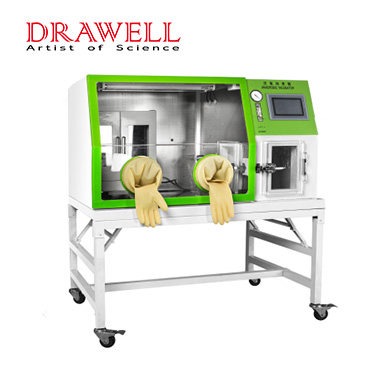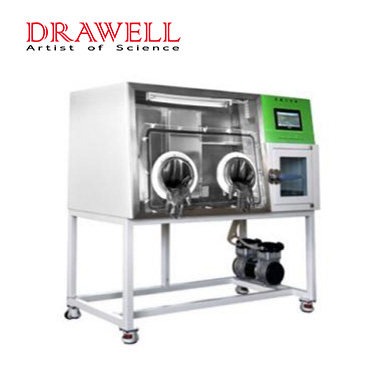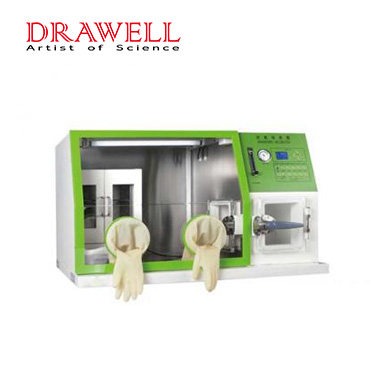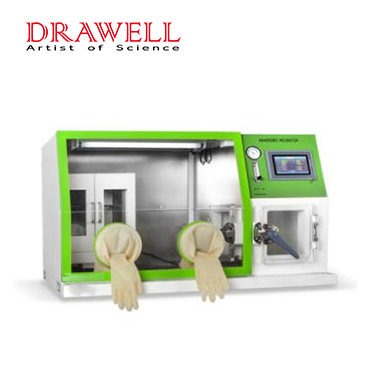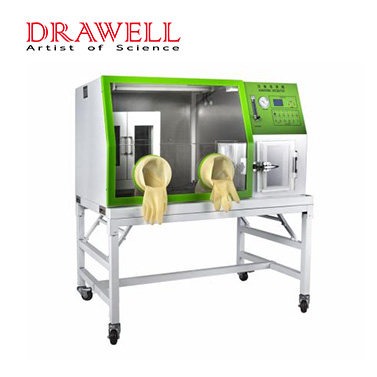An anaerobic incubator is a laboratory device that creates an oxygen-free environment for the growth of anaerobic microorganisms. Anaerobic microorganisms are those that do not require oxygen to survive. They can be found in a variety of environments, including soil, water, and the human body.
Anaerobic incubators are used in a variety of fields, including microbiology, food science, and medicine. In microbiology, they are used to grow and study anaerobic bacteria. In food science, they are used to test the safety of food products. In medicine, they are used to diagnose and treat infections caused by anaerobic bacteria.
In this article, we will discuss the basics of anaerobic incubator use and care. Proper care and maintenance of an anaerobic incubator are essential to ensure its optimal performance and longevity.

How to Use An Anaerobic Incubator?
- Prepare the incubator.
- Fill the incubator with an anaerobic gas mixture. The most common anaerobic gas mixture is 95% nitrogen, 5% hydrogen.
- Remove any oxygen from the incubator. This can be done by purging the incubator with the anaerobic gas mixture or by using a vacuum pump.
- Activate the anaerobic gas generator, if your incubator has one.
2. Place your samples in the incubator.
- Place your samples in the incubator in anaerobic containers. Anaerobic containers are designed to prevent oxygen from entering the container.
3. Set the incubator to the desired temperature and humidity.
- The temperature and humidity requirements will vary depending on the type of microorganisms you are growing.
4. Monitor the incubator to ensure that it is functioning properly.
- Check the incubator regularly to make sure that the oxygen level is low and that the temperature and humidity are correct.
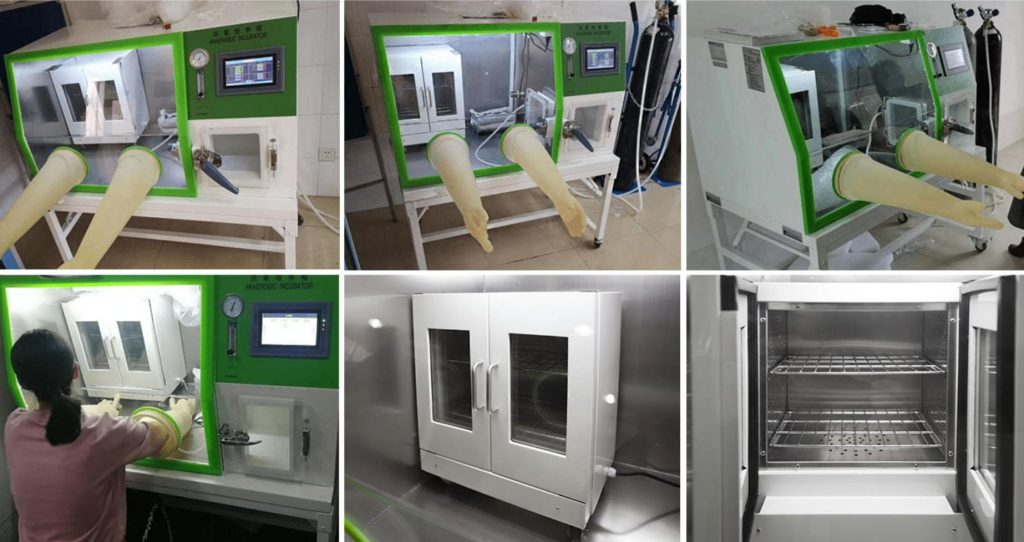
10 Tips to Maintain An Anaerobic Incubator
Regular maintenance helps to preserve the controlled anaerobic environment, prevent contamination, and ensure accurate and reliable results in your experiments. Here are some tips for maintaining an anaerobic incubator:
1. Regular Cleaning
Clean the interior of the incubator regularly using a mild disinfectant or an appropriate cleaning agent. Make sure to follow the manufacturer’s guidelines for cleaning procedures.
Wipe down shelves, racks, and all surfaces where cultures are placed to remove any potential contaminants.
2. Gas Supply and Calibration
Check the gas supply connections regularly for leaks and ensure proper functioning of the gas flow control system.
Calibrate the gas mixture concentration periodically according to the manufacturer’s recommendations to maintain the desired anaerobic atmosphere.
3. Temperature Calibration and Verification
Regularly calibrate the temperature settings of the incubator using a reliable and traceable thermometer.
Verify the temperature accuracy and uniformity inside the incubator to ensure consistent growth conditions.
4. Humidity Control
If the incubator has humidity control features, regularly check and adjust the humidity settings as needed to meet the requirements of your cultures.
5. Gas Indicators
Inspect the anaerobic indicators (e.g., methylene blue strips) to verify their effectiveness. Replace them if they show signs of deterioration or if their color change is not apparent.
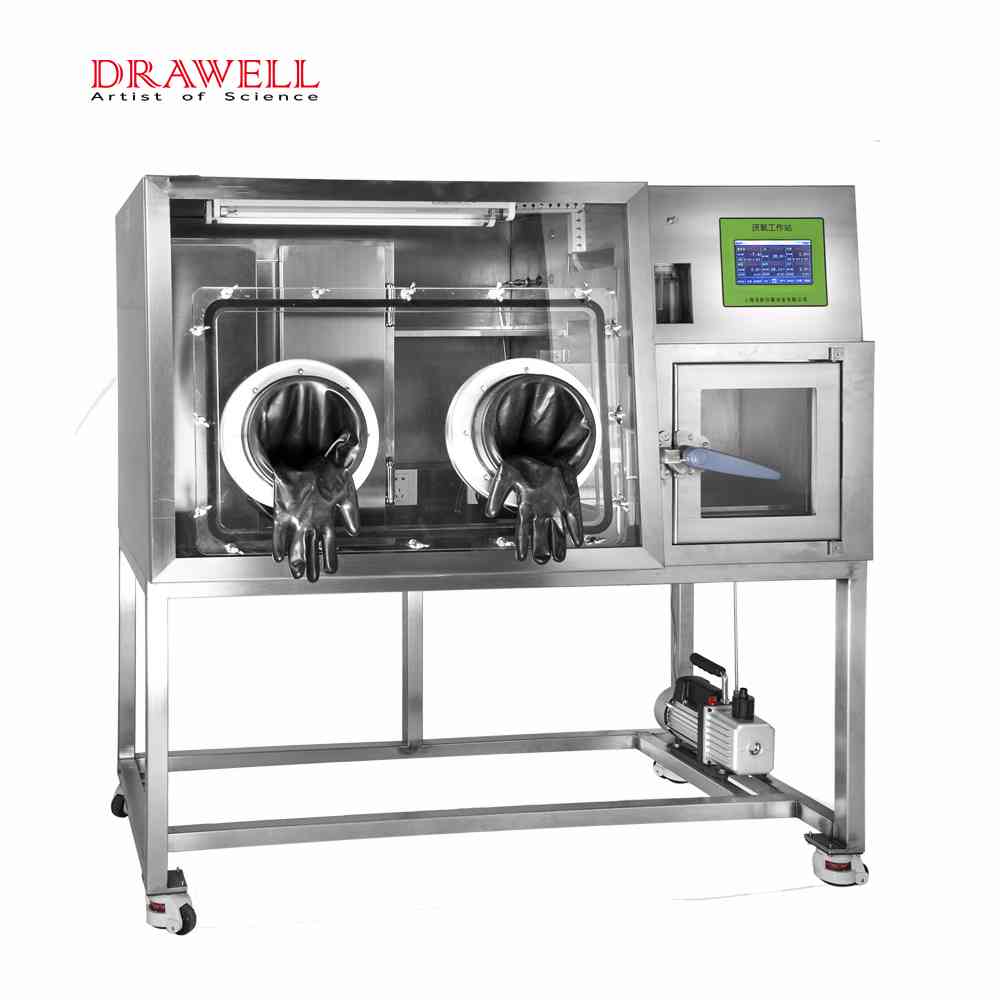
6. Preventing Contamination
Practice proper aseptic techniques when handling cultures to prevent contamination inside the incubator.
Use appropriate personal protective equipment (PPE) to minimize the risk of introducing external contaminants.
7. Gas Cylinder Handling
Ensure gas cylinders are stored and handled safely. Follow the manufacturer’s guidelines for gas cylinder maintenance and replacement.
8. Regular Inspection and Troubleshooting
Perform routine inspections of the incubator for any signs of wear, damage, or malfunction. Address any issues promptly to avoid potential problems.
Regularly check and verify the gas flow, temperature, and humidity settings.
9. User Manuals and Service
Familiarize yourself with the user manual and guidelines provided by the manufacturer.
If you encounter any significant issues or are unsure about maintenance procedures, seek assistance from the manufacturer’s technical support or service personnel.
10. Record-Keeping
Maintain a log of maintenance activities, calibration dates, and any incidents or repairs done on the incubator.
Conclusion
Remember that the specific usage and maintenance requirements may vary depending on the model and manufacturer of the anaerobic incubator. Always refer to the manufacturer’s recommendations and guidelines for proper use, care and maintenance of the anaerobic incubator. Regular maintenance will not only ensure the functionality of the incubator but also contribute to the success and reliability of your anaerobic experiments.

